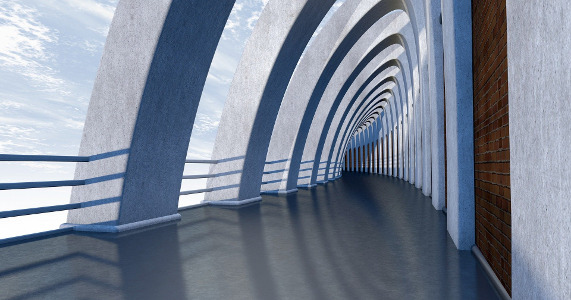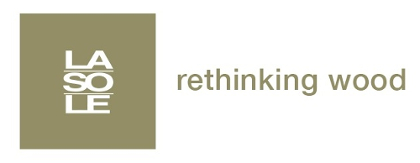
Juanuary 2020
DESIGN CONSIDERATIONS
Semi-finished materials made by La.So.Le.Est (wood flours) are increasingly entering industrial production processes to give rise to new design products. Today, we continuously hear about design: product design, design of environments and spaces, communication design with its sub-categories of web design, interaction design, food design, etc.
But what is graphic design?
The term Design literally means Planning, but it is most often used to define Industrial Design. Over the years, however, the term has acquired other meanings. In fact, it is also used to define the aesthetic profile of a product.
Erroneously, the term design is also used to define a quality product or a refined aesthetic personality. Design is often no longer defined as the world of industrial design but only that circle of designer products, often of very high quality (such as Artemide, Cassina, Flos, Kartell, Lago), but also economic (for example, IKEA).
In this situation, design defines any industrial design product or design operation. The source of this mixture of meanings dates back almost to the birth of industrial design itself, since when the design for industrial production and the first leading companies in the various sectors were created, the first distinctive features, the first customisations were also created and a parallel between the anonymous and the signed, the cheap and the expensive was immediately created. The “blame” can mainly be attributed to cases such as “Made in Italy”, with its strong search for quality and remarkable good aesthetic taste that has brought the term design, wrapped as it is in high aesthetic and production quality, to Italy and the world.
What is design for?
<< Design can give unconventional solutions to widespread problems >> : so said Eberhard Van der Laan, Mayor of Amsterdam, at the inauguration of the conference What Design Can Do! in 2012.
As a function of a discussion on the “connecting capacities of design”, he led the debate to the social issues which design can give an answer to on the European scene.
Design is a complex world, made up of a convergence of production, functional, and aesthetic needs. The implications of design as a factor of culture have led some designers to look around and reinterpret their cultural and social heritage.
According to the designer Alessandro Barison, design is awareness: being aware of the present and imagining a future: << Design is not art. It is a technical, scientific, sociological, and humanistic discipline, the link between engineering, art, invention, style, production, market. It interfaces with industry and the economy, with marketing and psychology.>>.
On the other hand, for the designer Beatrice Bambi, the word design indicates a creative process that is partly scientific and partly humanistic and which is able to correctly combine the functional aspect of a production with aesthetic research: << In an age of consumerism and low costs compared to large-scale industrial productions, very often and improperly to we often, and improperly, approach the word design with any object or process you want to invest of a certain value, but often make a banal reference only to stylistic and aesthetic research. We always keep in mind that design is much more. Design is research: on materials, industrial processes, the market, user interaction, packaging, and storage methods. It is also attention to the environment, to the user's emotional experience, to their sense of belonging to a community!>>.
<< Recognising a need is the primary condition of design >> said Charles Eames, one of the most famous designers in the history of the 20th century, while for Steve Jobs, << Design is not what it seems or how it appears. Design is how it works.>>.
The conference “Thought and action. Culture, organisation, and design economics”, organised by ADI in 2016, instead addressed the issue of the strategic and economic value of design, a concept too often overlooked by the widespread and incorrect meaning of Design = Creative freedom.
It was underlined how design, its design culture, and its orientation to changing markets play a strategic, not tactical role in giving meaning to projects, processes, and relationships, placing it in a central role in the new organisational models of businesses.
The double “soul” of design was highlighted as a producer of solutions and as a producer of meaning.
To all these values attributed to design, we must add one of primary importance, which is also strongly emphasised by the latest edition of the Milan Design Week.
The concept now seems to be more than clear: there is no design without sustainability. The greatest international players in architecture and industrial design have been repeating this for years.
Safeguarding the environment, the fight against waste, attention to materials, and the urgent need to resort more and more often and more consistently to clean and renewable energy sources are undoubtedly also central themes of design.
From the various considerations, it emerges that:
• Design identifies value
• We add value to design
• Design communicates value
Sources: Wikipedia.it, Kreativehouse.it
